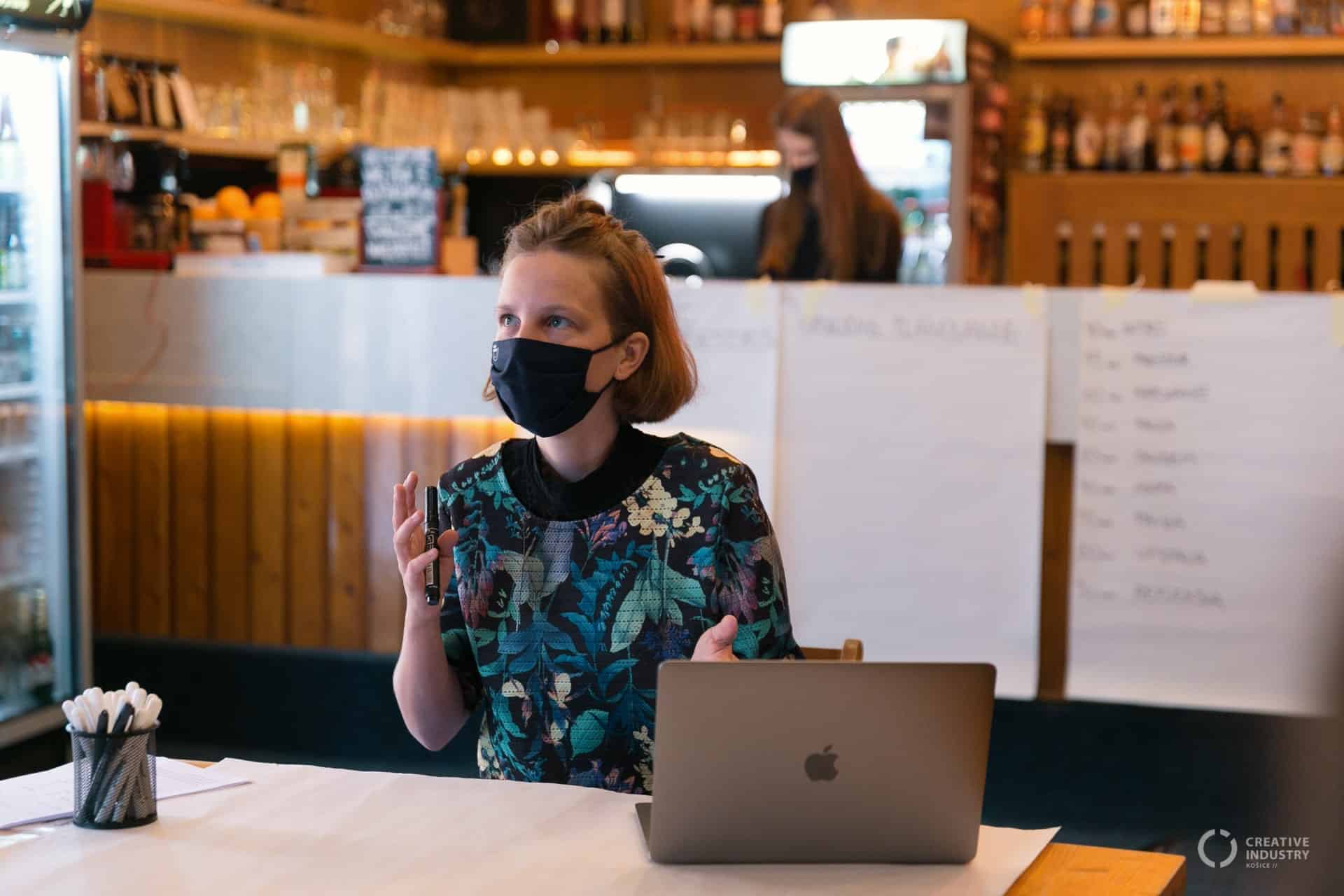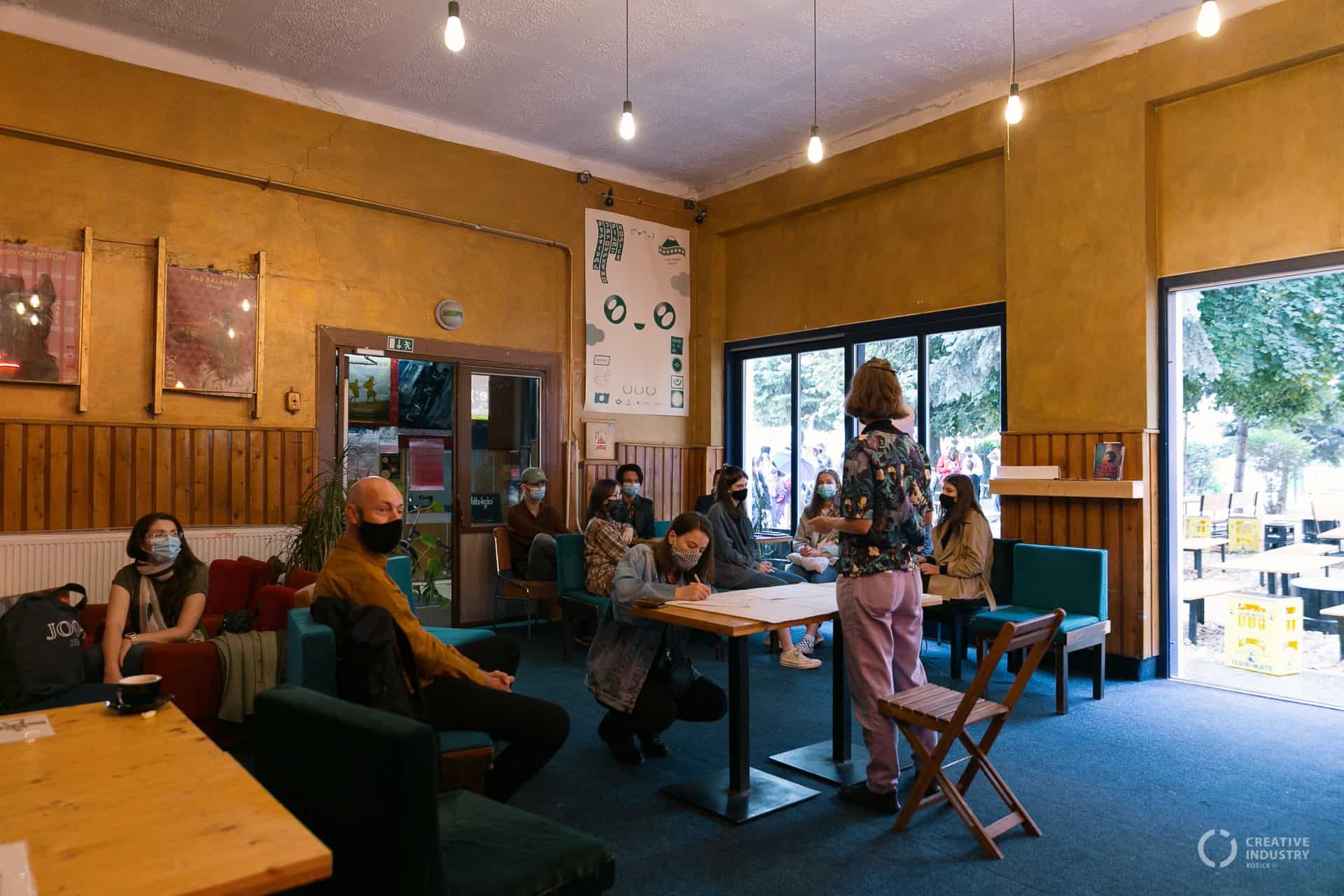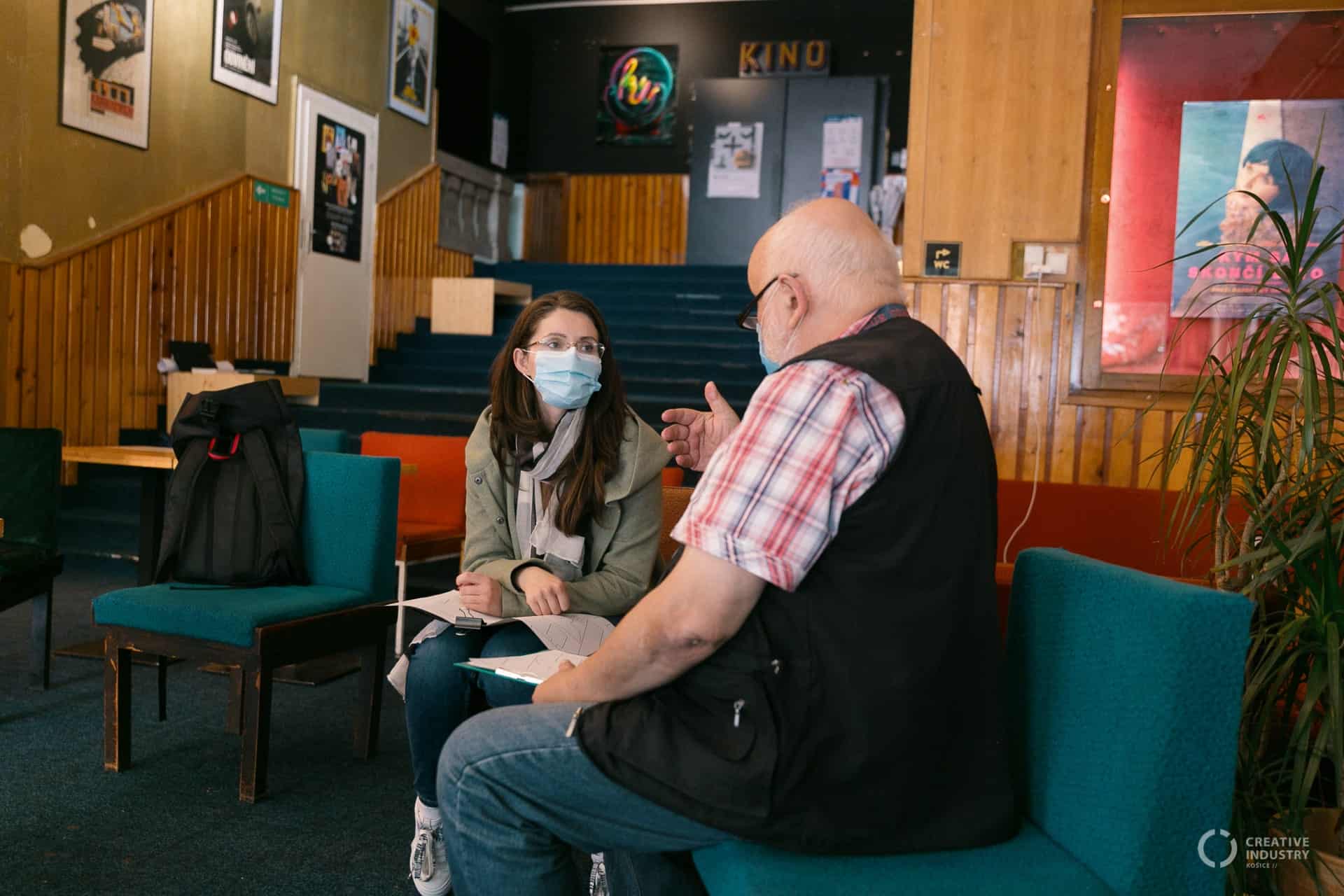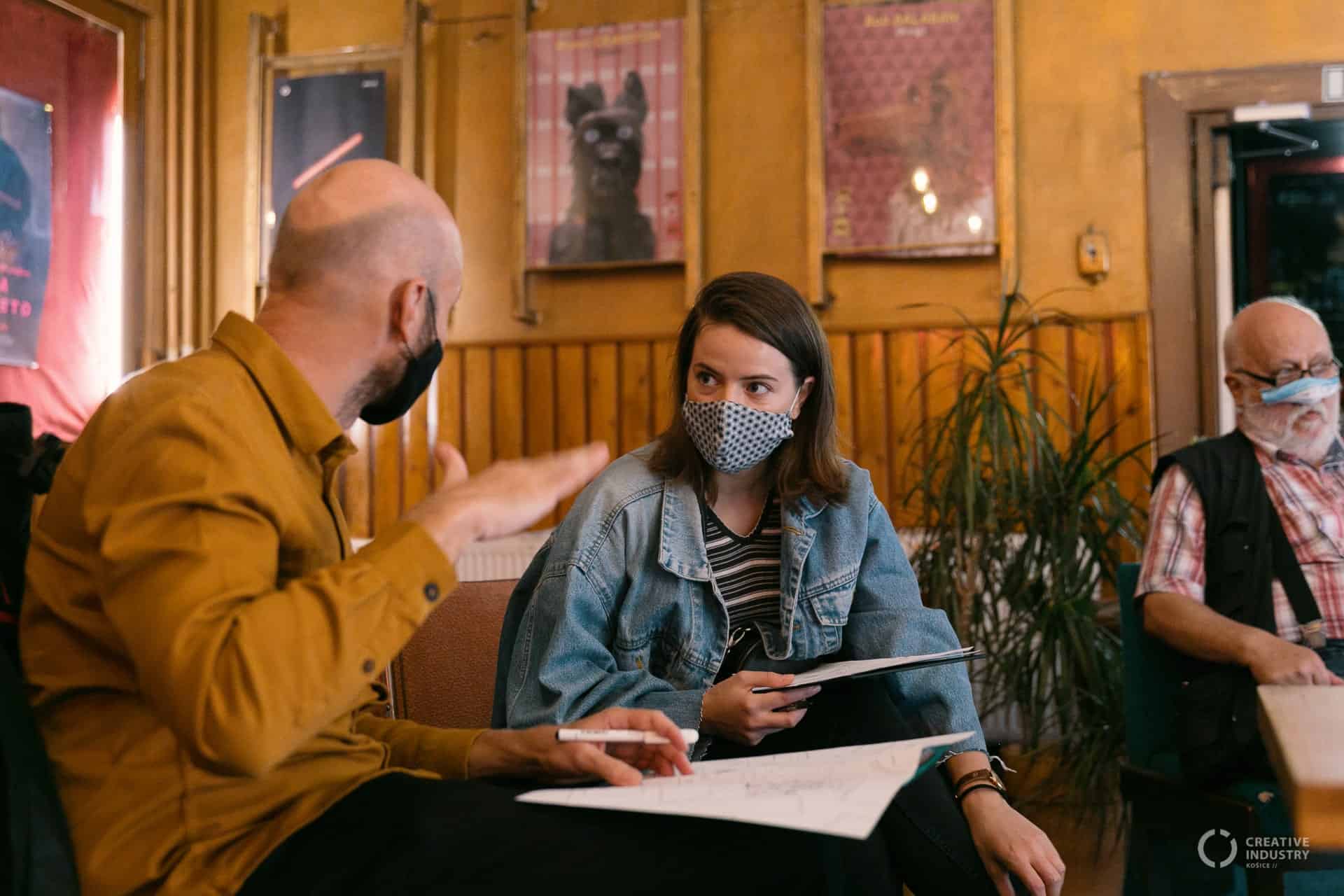What aspects make up a place? How does my view differ from that of others? How do we come together despite our differences? What is a good place for everyone? What is the role of mapping in shaping the future of our cities? These were the key questions of our workshop, during which we searched answers by mapping a public square in the city center of Košice. The following text aims to guide you through the process and allow you to search for your answers to the questions above.
The workshop is a hands-on exercise for anyone interested in the making of cities. It thematizes topics that resonate in the work of our collective Spolka. Our projects focus on engaging the public in the collective making of our cities. We see city-making as a conversation. Thus, the workshop is also designed to be a learning conversation so we invite you to practice it in a group of people. The more diverse the group will be – especially in regards to their cultural and professional backgrounds – the more interesting conversations you will have.
As the title implies, the workshop follows two interlinked themes – urban space mapping and collective planning. Mapping of urban spaces, and the related map-making, were the key activities of the workshop. We conducted site visits and used cartographic techniques and approaches of critical cartography. Collective planning is thematized through the process of negotiation and search for collective language during the creation of collective maps of a place. It relies on participants’ reflection on the challenges of coming together in joint planning, of which mapping is the first step.
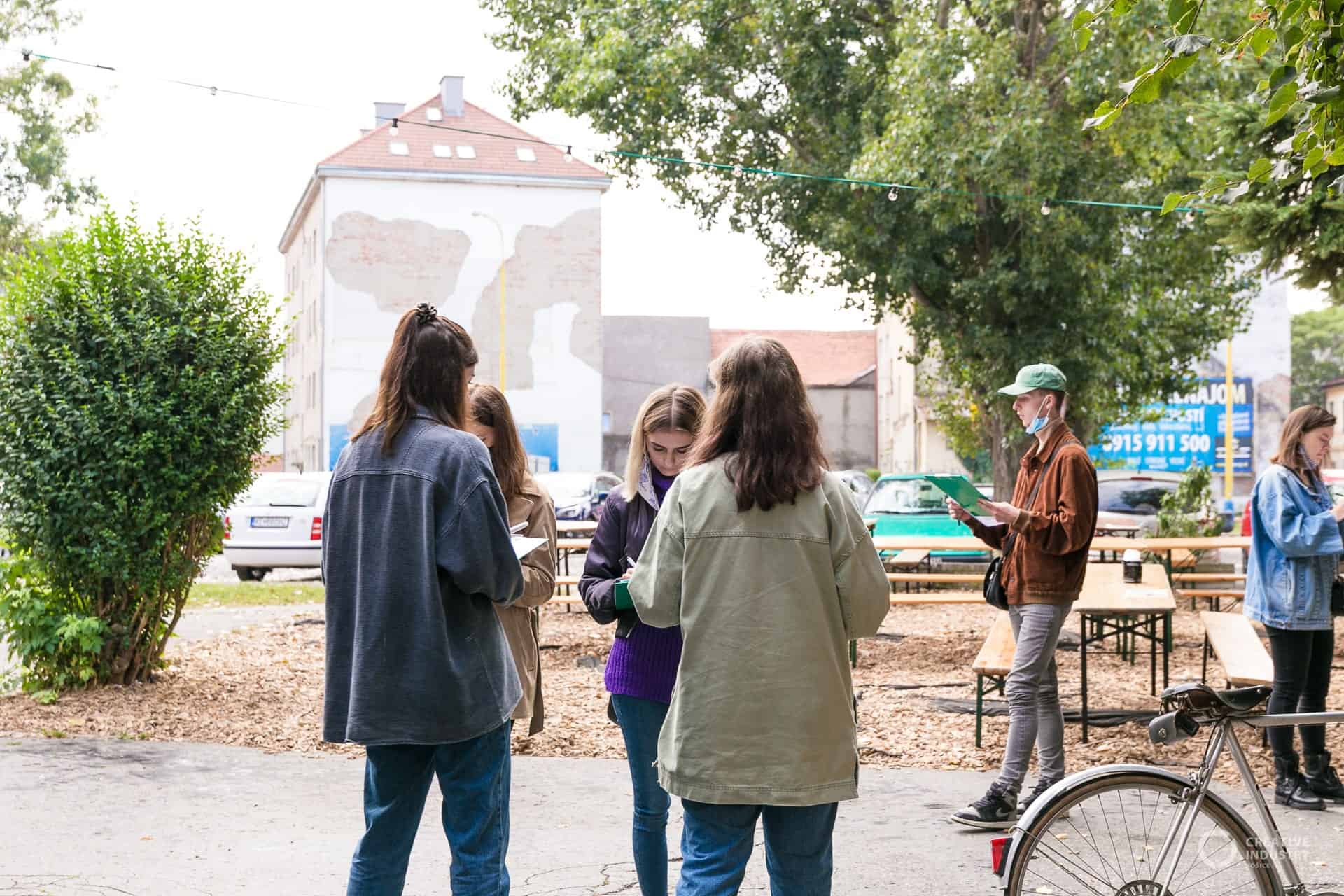
Before mapping
Choose a place you want to map. We prefer public squares, as those are places where many interests meet and overlap. Agree on the boundaries of the place of investigation. This is already an interesting topic to discuss – where does a place finish?
Prepare a simple base map of the place onto which you will map your perceptions and experiences. You can download it, for example, from OpenStreetMap or create your own. Print one for each participant and one large one for each group of 4 – 6 people.
Synchronise your visual language and explore various aspects of space. Discuss it by drawing what aspects of the space in which you currently are you find interesting on a sheet of paper. Find a graphic way to represent it. This is to create a common base and share inspiration on what are the various aspects of space and how they can be represented.
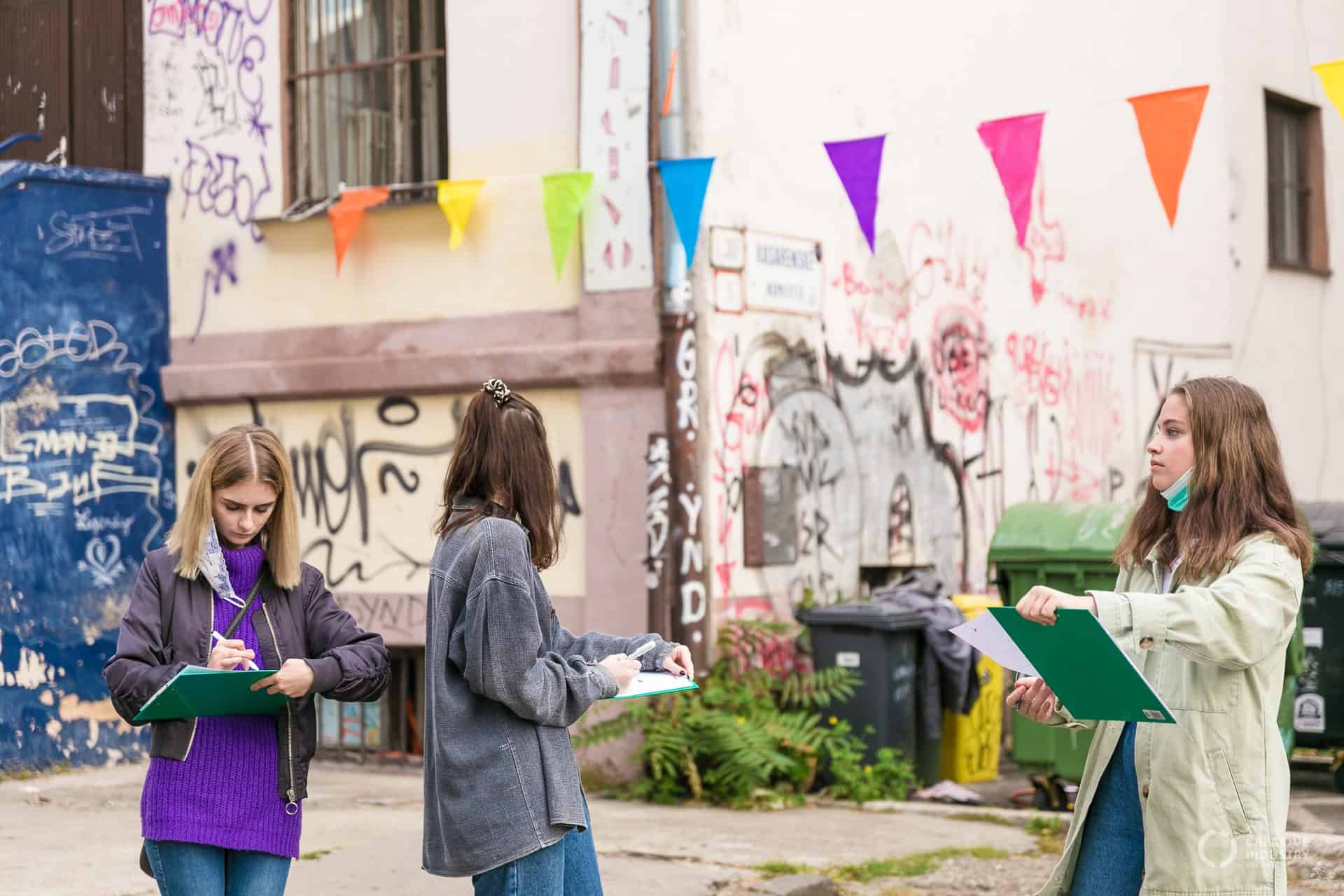
Map the place
Map the place. Take 30 – 40 minutes to individually explore the place you decided to map. Take your time. Sit or walk, it doesn’t matter. Draw your experiences into your base map. Use not only your vision but also smell, touch, and even your memory to explore the place. Notice not only buildings and things, but also people, wind, animals, and plants.
Create your own map of the place
Share your map with one other person. Form tandems within the group. Take 10 minutes to explain to your partner what you found (out). Use your map to do so. Let your partner draw into your map, if there are things visually missing that you mentioned. Then switch. In this way, you start developing your internal (visual) language and your small collective. Notice the similarities and differences between your views and representations. Notice also the blank spaces on your maps: is there ‘nothing’? Maybe go out again and check.
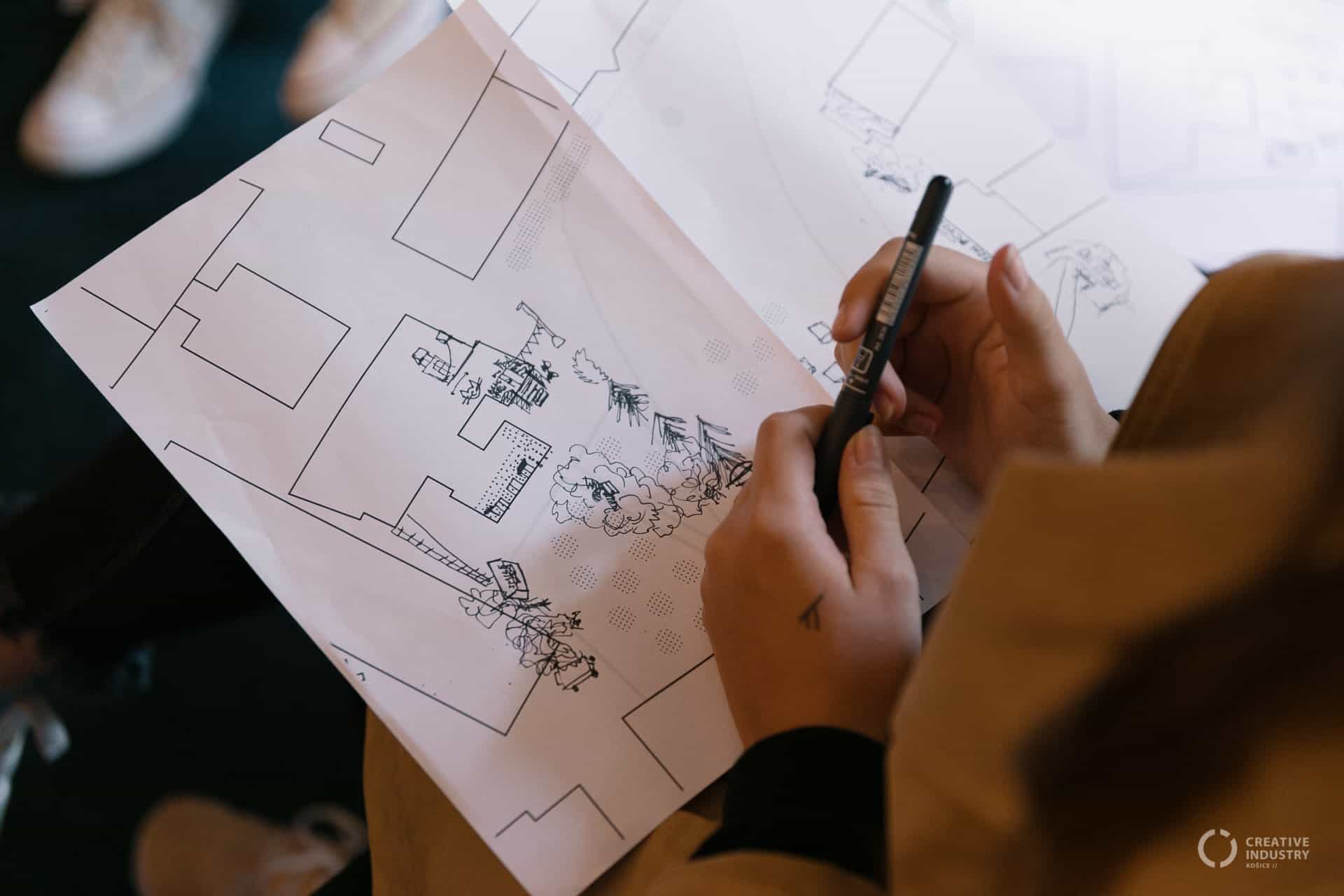
Make a collective map of the place. Show on the map what is important for you as a collective about this place. Think of it like this – what is not on the map could disappear tomorrow and you would not (collectively) mind. Form a group of 4 – 6 people out of your tandems. Use a large base map, or just an empty large sheet, for more advanced mappers. Take 40 – 60 minutes to create your collective map of the place. In the end, give it a title (for easier legibility for others), legend (for easier language comprehension for outsiders), and sign it (to know who’s position/view this map represents). Notice during the process how different or similar your perceptions of what is important are. How did you deal with these differences? What new things did you learn about the place? Does the final map reflect your view of the place? How did you feel during the process?
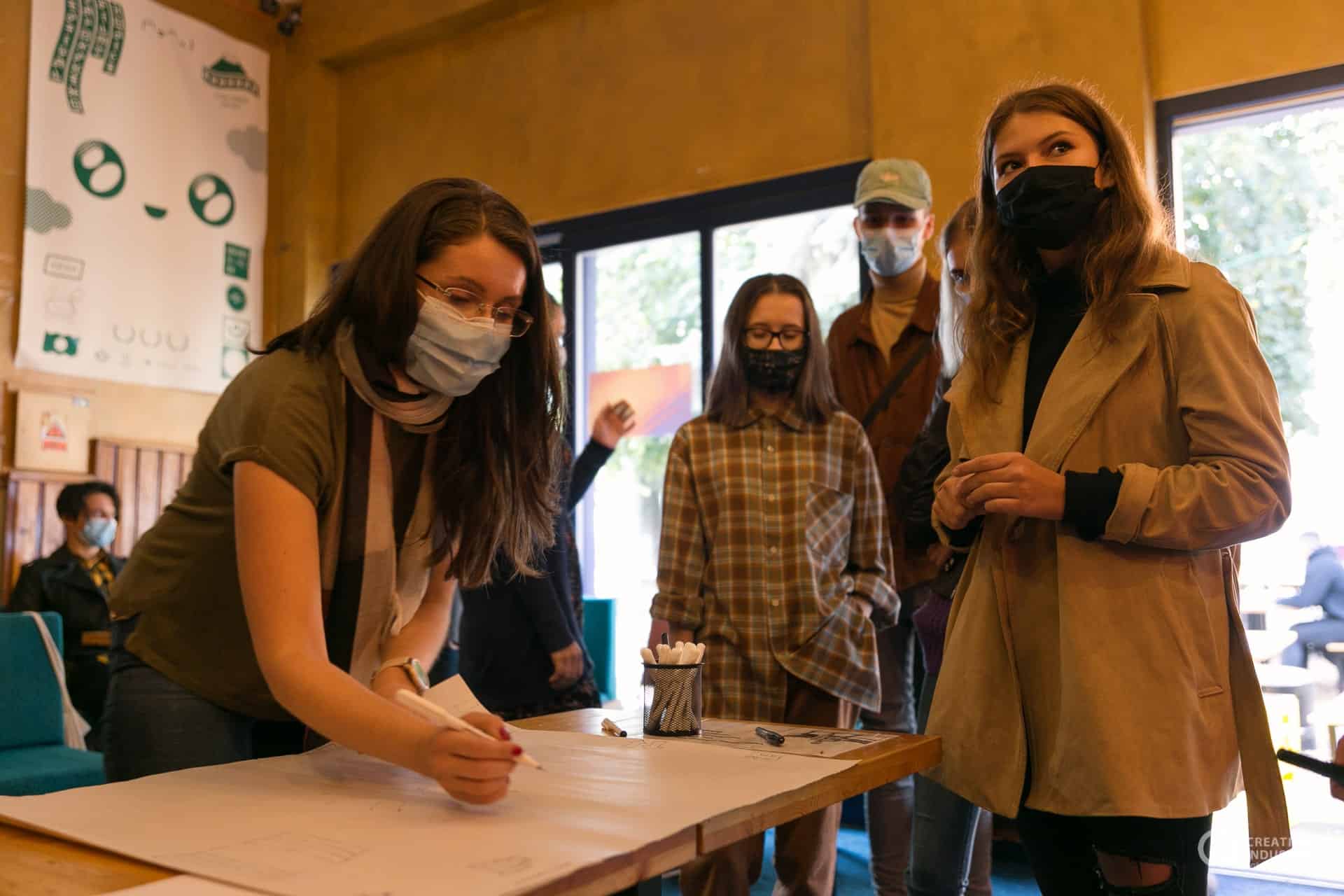
After mapping
Present the map to others. If there are other groups, present the maps to each other, discuss their similarities and differences. Alternatively, present the map to guests. Share what new things you learned about the place.
Discuss what the maps represent. Is the map or its graphic language legible to outsiders? Does the map represent the views of others outside of the mapping collective? Are your findings represented in the official maps of the place? Whose interests are represented there?
Discuss how the collective process went. Does the collective map represent your personal view? How was the process of collective map-making? What could make it better?
How to use it? In the final round, brainstorm and discuss how you could use what you learned in your work and practice.
This workshop will hopefully show you the importance and joy of paying attention to a place and each other. During planning processes, it is crucial to develop methods through which various views become (literally) visible. Like those of people like you – people who live or work around these places, but also those, who use it as their shelter or animals and plants that made themselves home there. Collaborative planning aims to bring together all these, often contradicting perspectives, together with historical, mobility, ownership, and many other layers of a place, to negotiate a good future place for all.
The video from the workshop in Košice, as well as images from other similar workshops on Spolka’s website, can be of inspiration to you. We would be very happy if you would share with us some interesting points from your conversations and photos from your workshops at spolka@spolka.cc. Get in touch with us, if you would like to start a more direct conversation with us.
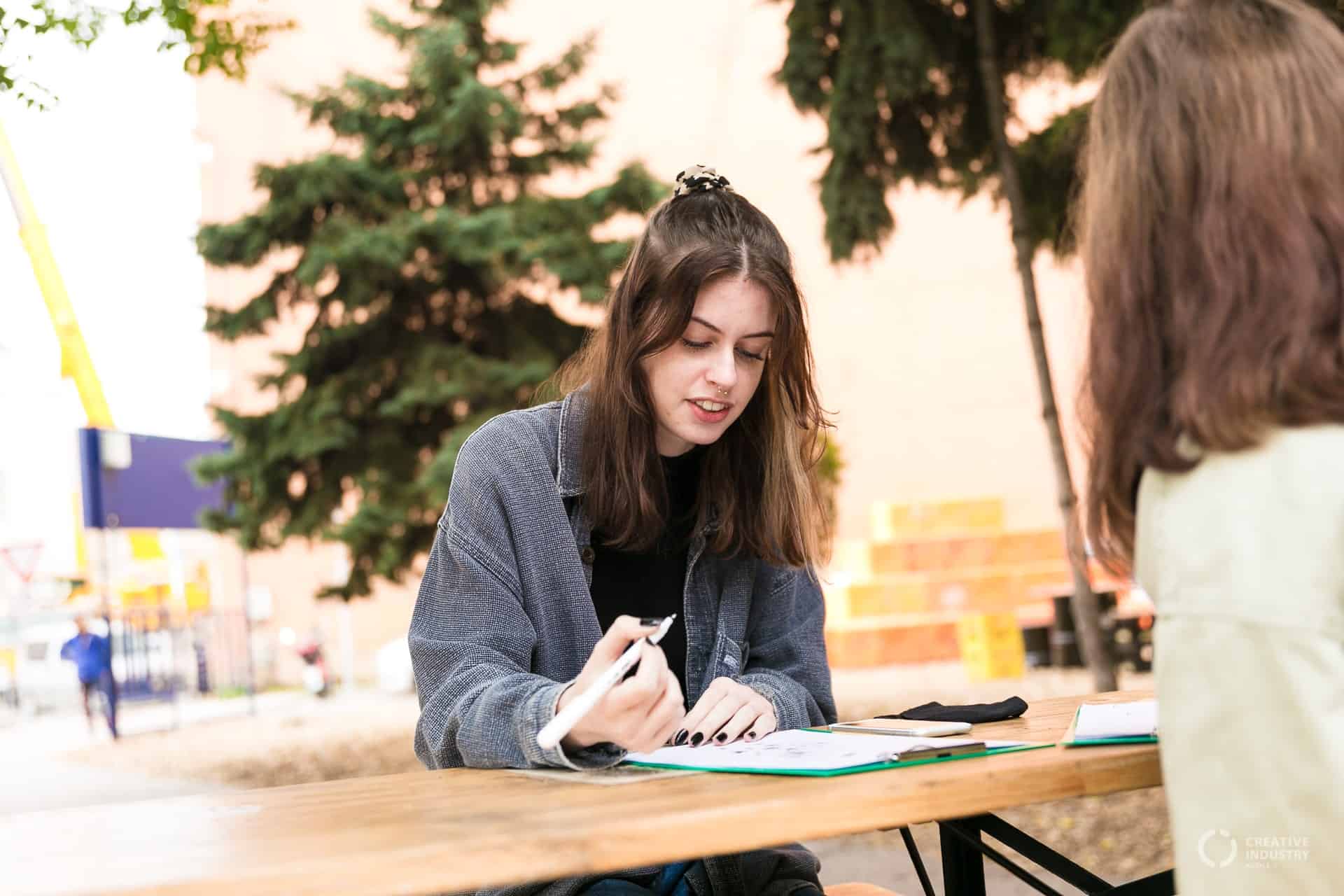
This workshop is part of the Urban Exploration event organized as part of the Cultural and Creative Spaces and Cities project, which is co-funded by the Creative Europe Programme of the European Union.

